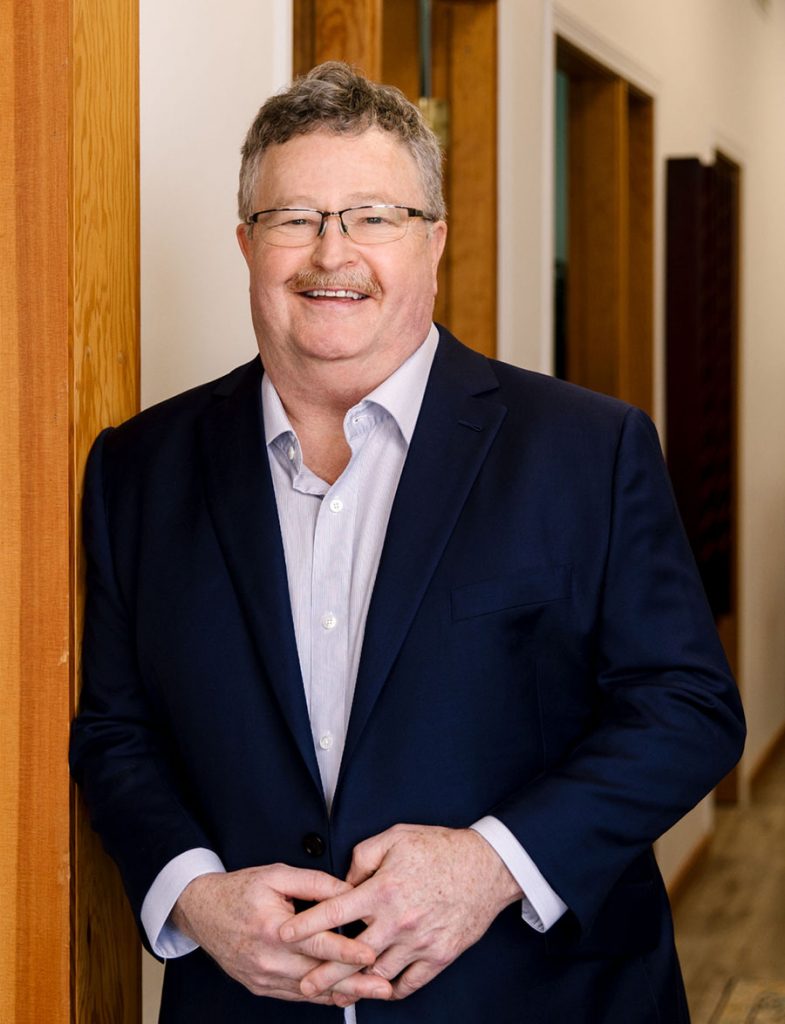Read time: 4 minutes
Your savings rate (SR) is the amount of money you save divided by your income, and it’s one of the most important financial metrics you can track.
Unfortunately, most people think portfolio returns are the ultimate indicator of financial success. That’s an easy mistake to make, especially when the financial news media is force-feeding us market performance daily.
In today’s issue, I will show why you should focus on your savings rate instead of your portfolio returns.
Learn to:
- Calculate your savings rate
- Determine how much you need to save
- Make your future self the most important bill you pay
- Get started!
Calculate your savings rate
Portfolio returns, tax rates, and inflation are largely out of our control. Your savings rate is one of the few things you have control over in your wealth-building journey, and it’s the one that has the most significant impact.
To calculate your savings rate, simply take your total annual savings, and divide it by your total income. Include all your savings – RRSPs, TFSAs, and retained earnings. If you’re incorporated, use your total income, not the salary and dividends you pay yourself.
It’s important to track this based on your goals. Let’s say you earn $300,000 in practice income annually and want to retire in 20 years with $100,000 in income. You also want to pay for your child’s education in 10 years at $20,000 per year for 6 years.
If, every year, you’re saving $10,000 to your education goals, and $10,000 to your RRSPs, your savings rate would be 6.67%. But your education savings rate would be equal to your retirement savings rate, while your retirement goal would take significantly more capital to fund.
In this case, break out the two goals, and you’ll get a much clearer picture.
You can use your pre-tax income, or your post-tax income – it doesn’t matter. But to measure whether you’re improving your savings rate over time, make sure you use the same calculation each time.
Determine Your Required Savings Amount
Now you know your savings rate. But is it enough?
To answer this, you’ll need to figure out your required savings rate. This figure tells you how much you need to save to meet your goals.
This number can’t be summed up with one tidy formula. If you’re working with an advisor, they can help you. If not, you can do this with a good old-fashioned financial calculator, but I prefer this online tool instead.
You’ll need to make some assumptions. Be conservative here, we’re not trying to plan a best-case scenario. I suggest:
- Inflation at 2.50%
- Portfolio returns: 5%
- Estimated tax rate: 20%
You can add things like CPP and OAS in the “Post-Retirement Income Streams” section if you like, but we’re just trying to get a general idea.
If you already have money saved for retirement, you’ll want to factor that in using the “Current Total Savings” field.
Now you have a target to aim for.
If it’s a high number, work up to it. Starting with a large amount today might be difficult, so start small and aim to raise your savings rate over time.
Once you’re on track with your savings goals, you don’t need to feel guilty about spending the rest!
Pay Yourself First
Don’t fall into the “I’ll save what’s leftover” trap. If you’re like most people, there won’t be anything leftover. Instead, listen to the wisdom of Warren Buffet:
“Do not save what is left after spending; instead spend what is left after saving.”
Your future self should be the most important person you give your money to.
Pay them first.
The best way to do this is to have your savings automatically deducted from your bank account and sent to your investment account.
If you start small and work on increasing it over time, it will be less of a shock to your budget.
Start Small
I’ve met hundreds of people that said they didn’t start saving early because they didn’t have money to save. What they usually mean is they felt the amount they were able to save was insignificant.
But saving money becomes a positive feedback loop.
You start with $25 a month, and before you know it, you have a few thousand dollars invested. You start looking for ways to increase this to $50, $100, and then $500 per month. You start setting goals for yourself, and as you reach them, you activate the reward center of your brain. This behavioural compounding is incredibly powerful over the long run.
The sooner you start, the earlier you will hit your wealth goals.
If you’re working on paying off student loans or your mortgage – start a small savings plan anyway. Again, it’s about the habit – not the amount.
These days, many firms offer zero-commission ETF purchases. Some online brokers even offer fractional shares on certain ETFs, with a minimum of just $1. Many mutual funds have a minimum purchase of $25.
So, there’s no reason to wait – start investing now, no matter the sum.
I hope this helps on your wealth building journey.
To get in touch, email me at mark@sweeneybride.com, or follow me on LinkedIn and Twitter (@MarkMcGrathCFP) for more financial planning discussions for Canadian physicians.
Mark














